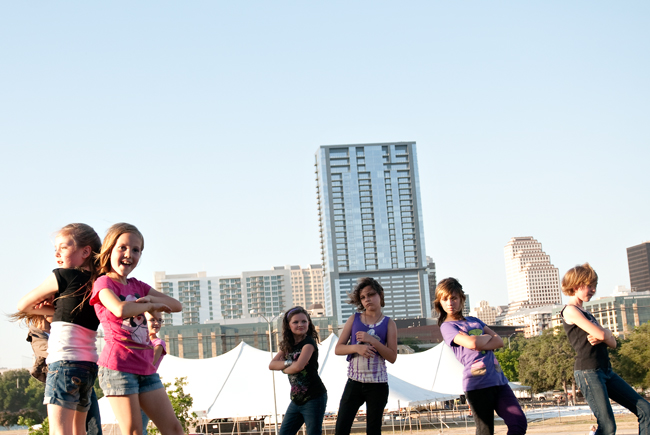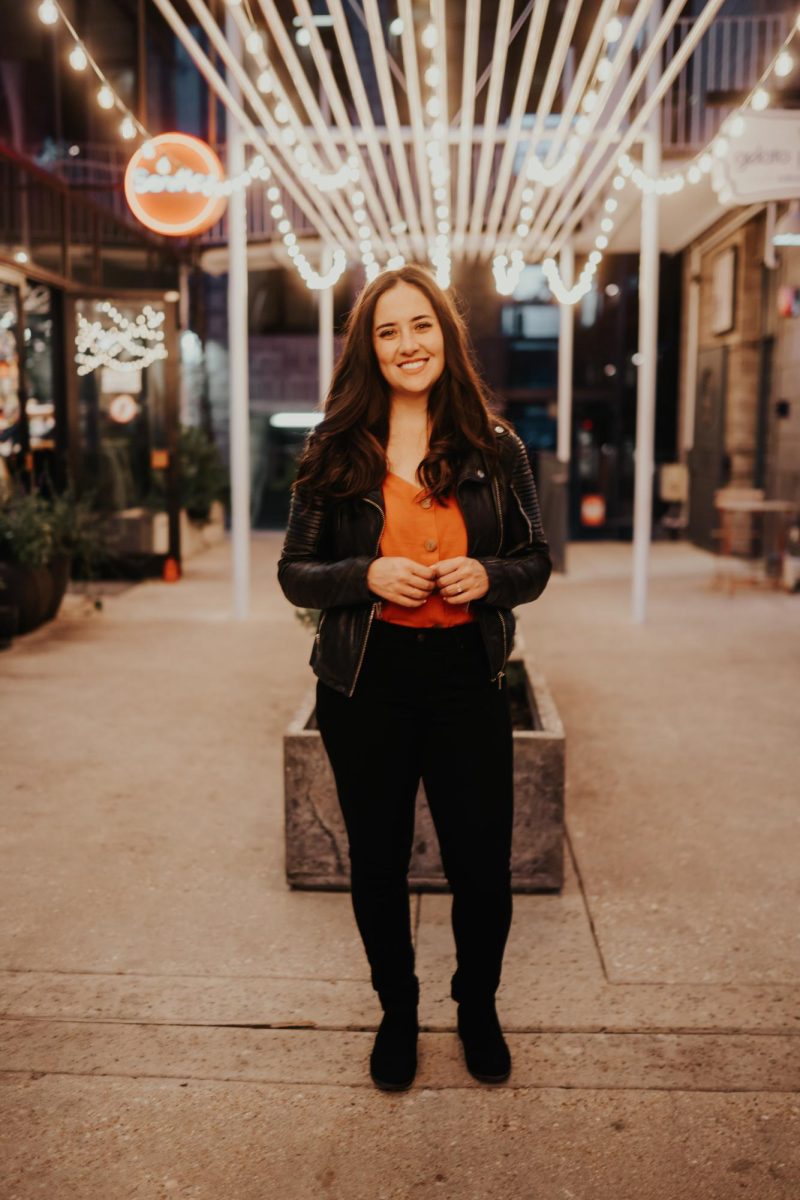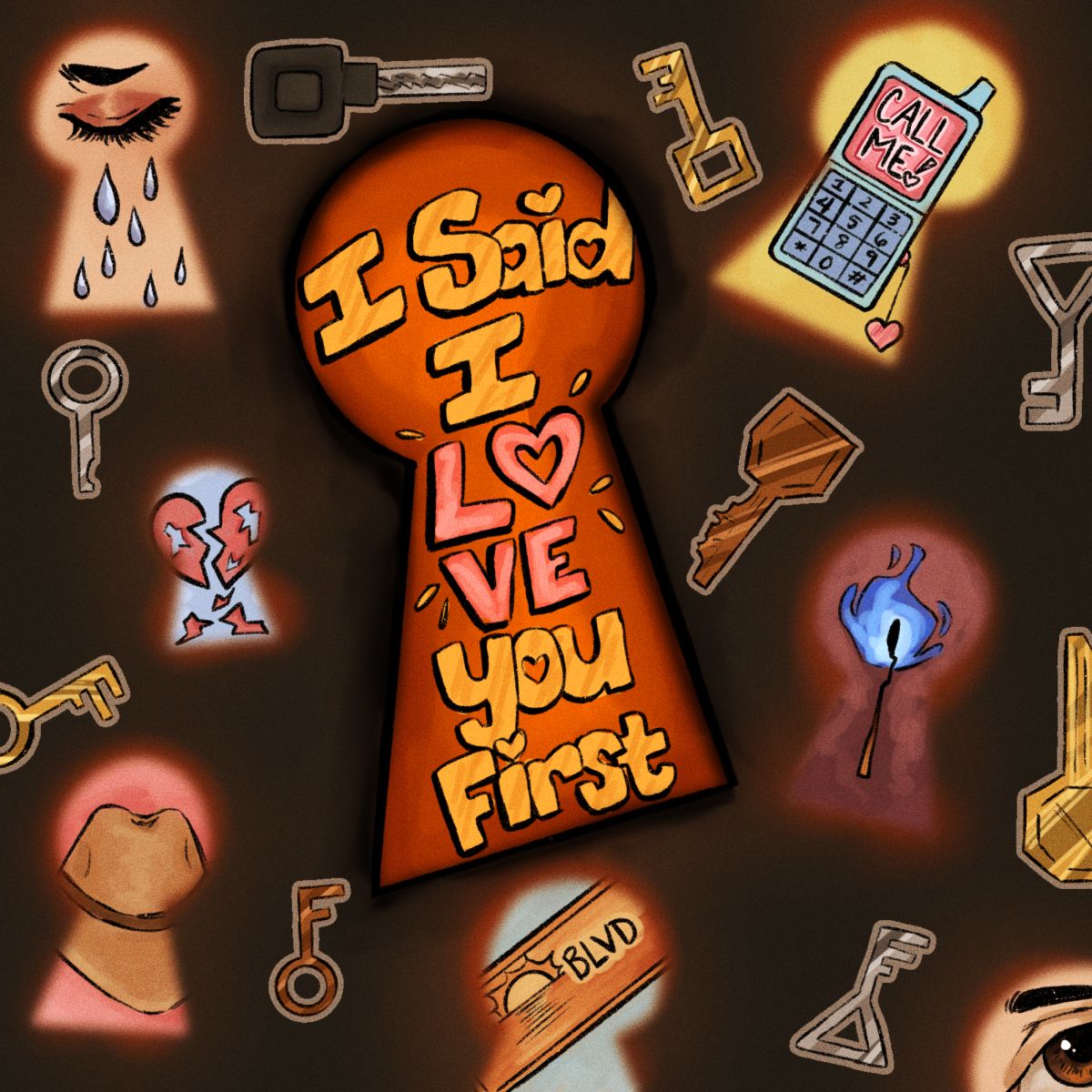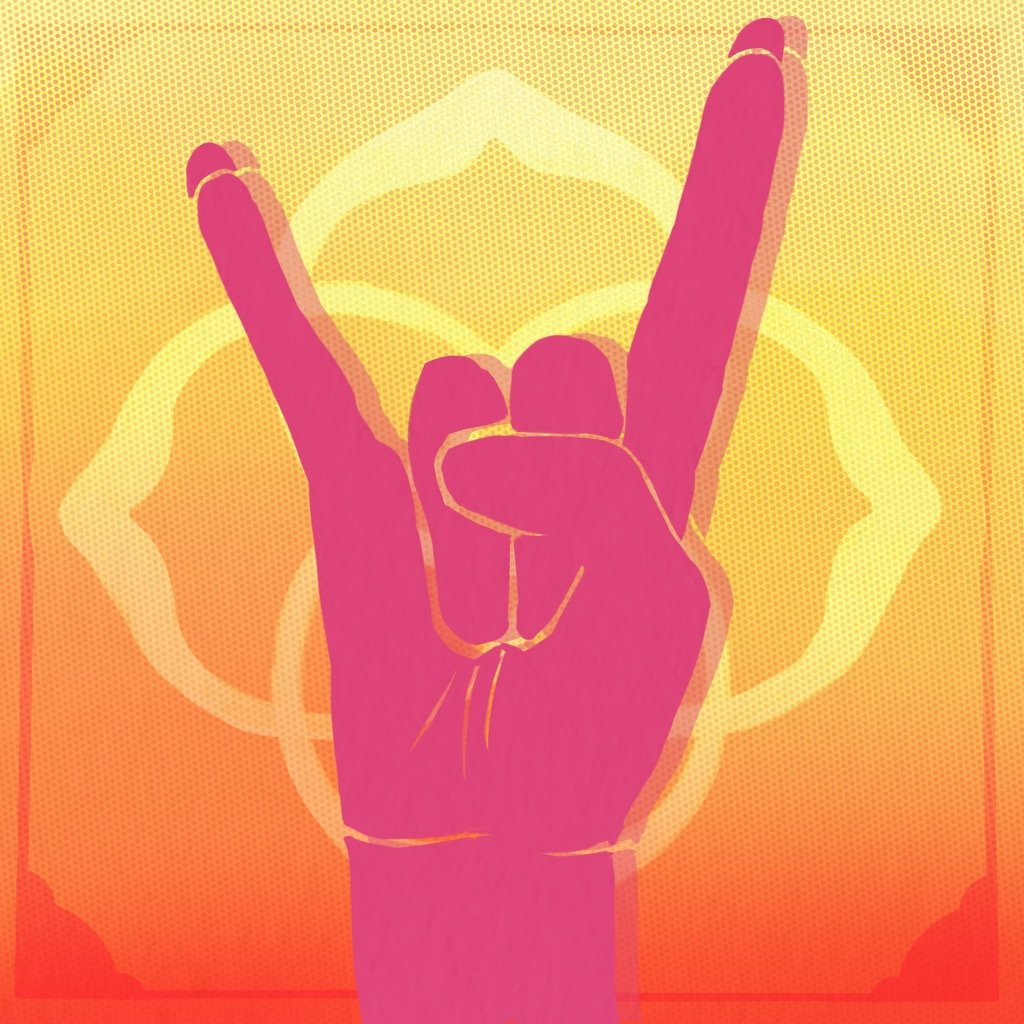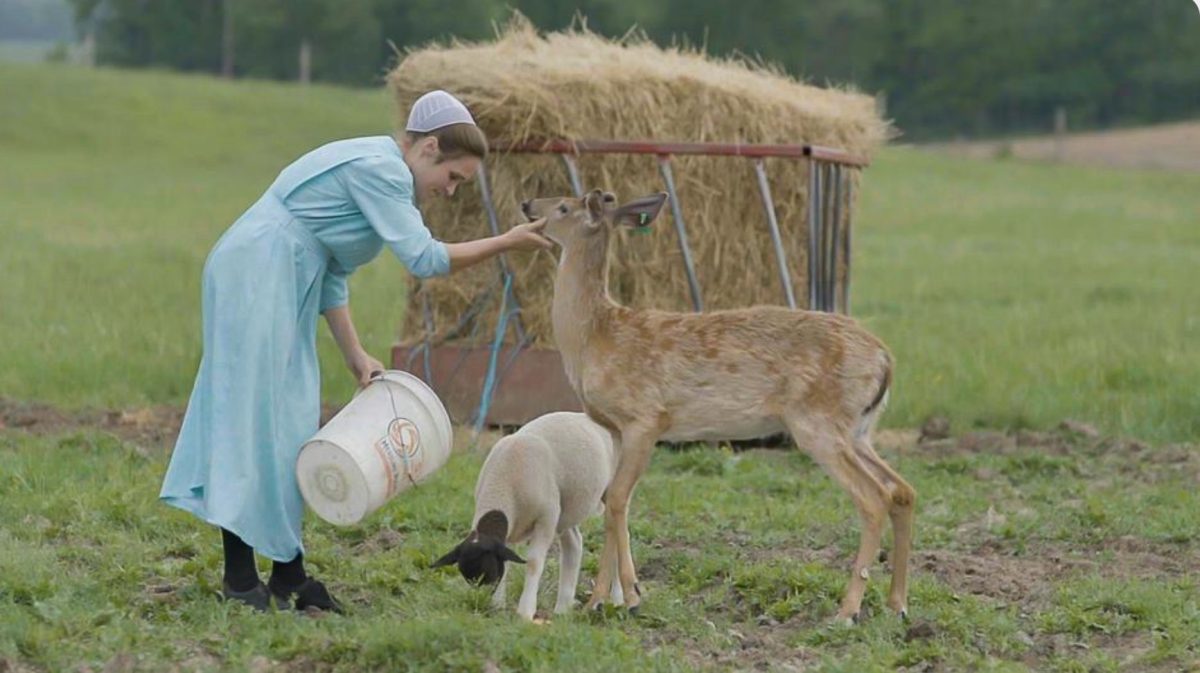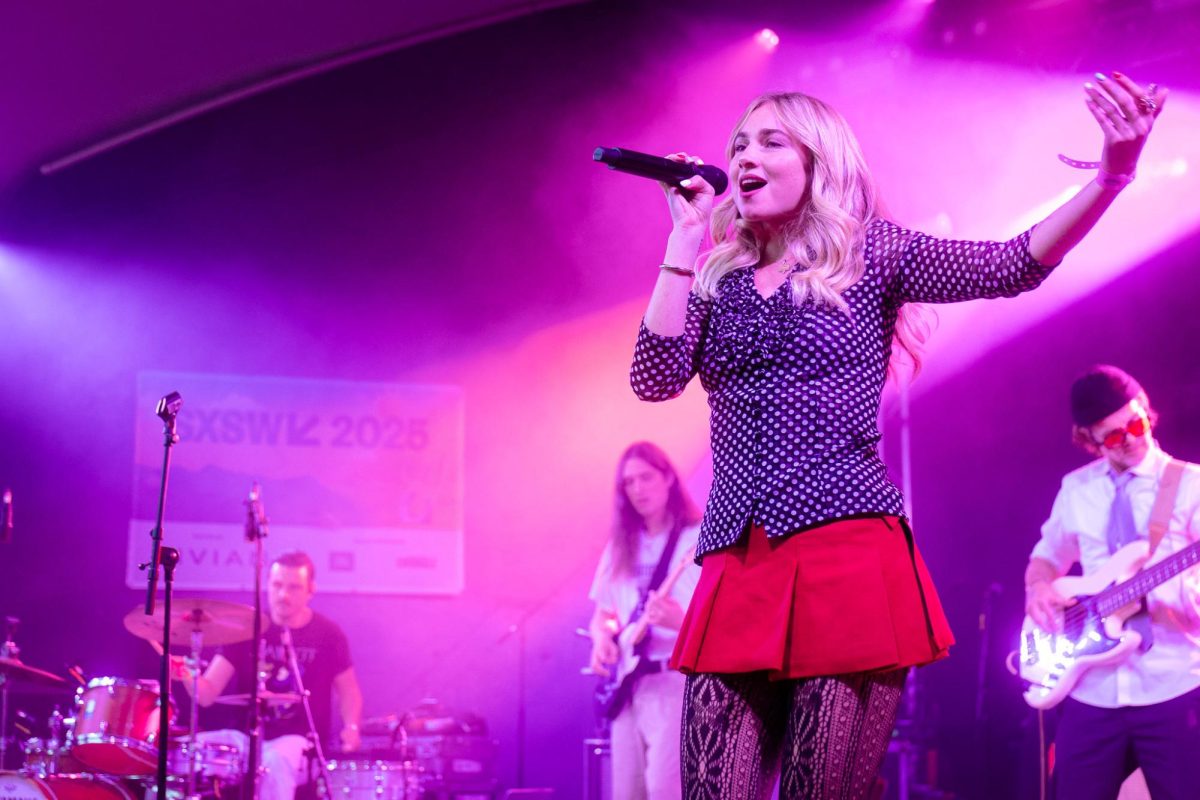If you happen to pass by inexplicable red swings or pieces of inflatable furniture scattered across town within the next 11 days, don’t be too baffled. These installations are some of the many artworks that will be showcased throughout Austin as part of the eighth annual Fusebox Festival.
This year’s festival includes more than 50 events in 15 different venues. Fusebox will feature an array of performing art shows, music, lectures and studio art from all over the world, including Israel and Argentina, and from across the nation, spanning from New York City to Los Angeles.
When founder and artistic director Ron Berry was part of the nonprofit group Refraction Arts Project, he and the collective sought a way to create meaningful conversations between different art forms and between Austin and the world. The efforts to realize this interactive initiative came to be the first Fusebox Festival.
“We used The Blue Theatre as a venue and booked some performances and bands,” Berry said of the first fest. “We already had some money from the city and I put the rest [of the cost] on my [credit] card.”
After about three years, Fusebox gained momentum and branched out from Refraction to become its own organization. The festival staff now plans both large, free outdoor events and smaller-scaled intimate projects.
“[Fusebox is] a chance to see some of the most innovative and adventurous artists working in the world today,” Berry said. “It’s also a chance to see some artists that you might not get to see unless you’re traveling all over the country or the world.”
Berry said the festival also presents an opportunity to engage with the community and look at the city and culture with a new lens. Since Austin is a city of festivals, Berry thinks it liberates the staff to produce some different things from the festival norm.
“Hybridity is central to our understanding of creativity, and we feel like we have a lot to learn from encountering things and ideas outside of our immediate sphere,” Berry said. “A lot of the really interesting work that’s being made right now is very blurry in nature, so we wanted a platform for work that was hybrid in form.”
This year’s festival is the biggest so far due to the larger programming. There will be a wider scope of the Free Range Art Series, which are public art projects including the Rebar: Bubbleweare-Social Furniture for Austin and the Red Swing Project.
The festival also has a central hub that acts as its heart and soul. The hub is open every night during the festival, allowing a space for artists and audience members to interact.
Laura Werthmann, a festival intern, helps maintain social media content by posting updates on the festival’s smartphone app. Werthmann will also assist in running several events throughout the duration of the festival; this includes Willow-Spence, which according to the festival website, is a site-specific chamber music performance in an imaginary concert space, spread across a neighborhood.
“The piece is supposed to disconcert people’s assumptions about performance and space,” Werthmann said. “The participants get a map and headset in order to experience the performance.”
Brad Carlin, managing editor of the Fusebox festival, said despite the many locations the festival takes place in around town, the venues stay relatively in central Austin.
“There’s a number of venues in the East Side and the downtown area, we go as far north as UT, as far south as Jo’s Coffee Shop on South Congress [Avenue], as east as Salvage Vanguard Theater and as west as Mopac and Lady Bird Lake,” Carlin said.
Carlin said the notion that works of art don’t have to happen in traditional locations is what shakes up the relationship between Fusebox venues and audience. Instead of people sitting in rows looking the same direction, people are pushed to think and approach art with a different mindset.
“We feel that innovation happens at the boundaries of what we understand and what is familiar to us,” Carlin said. “When we’re faced with something new and challenging is when we start to learn and experience innovation and creativity.”
For the Fusebox festival staff, Carlin said it’s the hybrid nature of the festival that allows audiences to foster innovation and new ways of looking and understanding the world.
Printed on Thursday, April 26, 2012 as: Fusebox ignites international music, art

